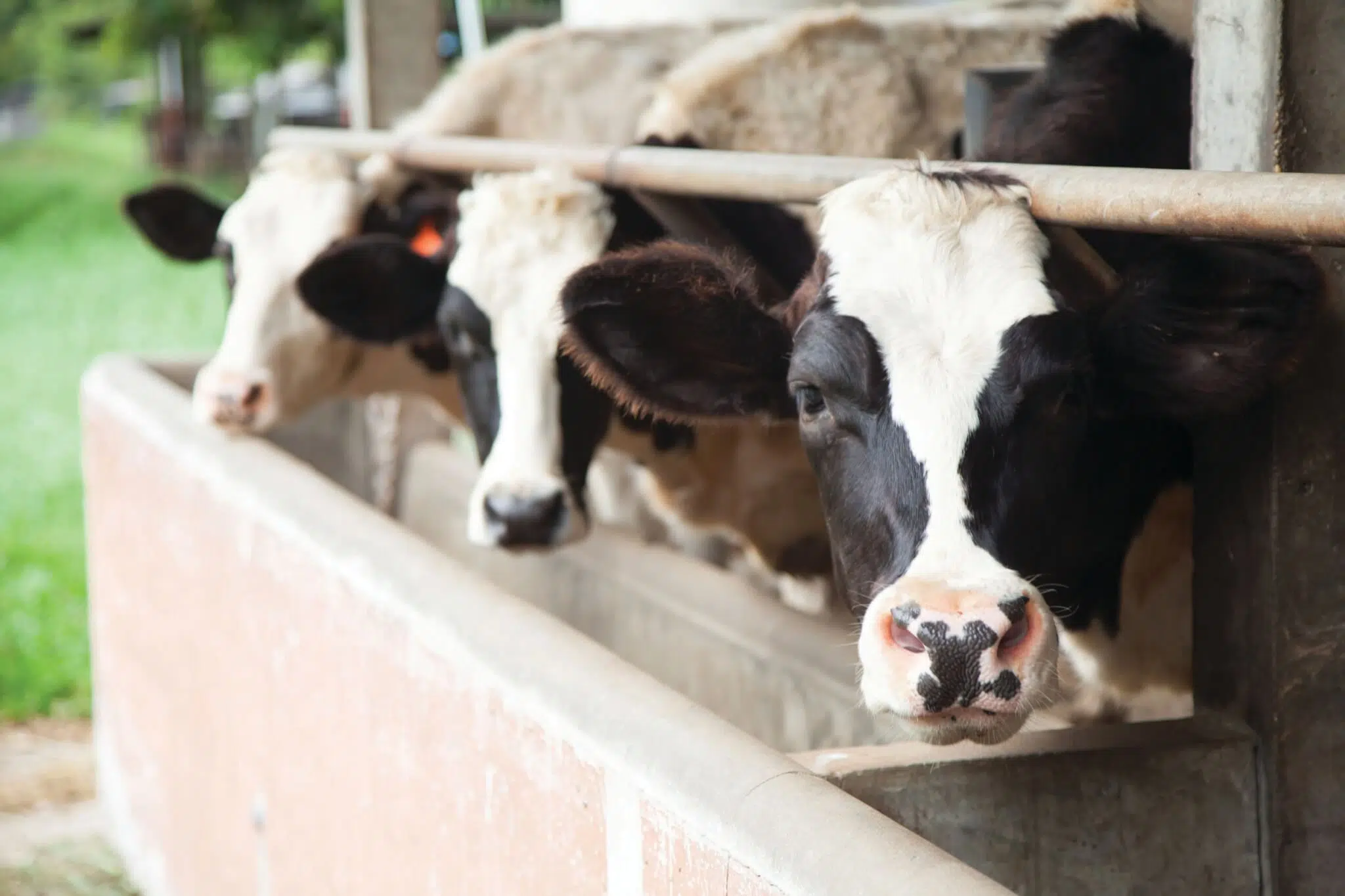Reducing inflammation in the 30 days both pre- and post-calving can play a big role in improving lactation performance and lifetime productivity. In this series, we look at six major areas where a management focus will reduce the risk of excessive inflammation during the transition period. Last month we introduced inflammation, the hidden milk thief; now we can examine the relationship between inflammation and trough space.
Optimum dry matter intake
Inflammation and trough space are connected. Transition cows need to achieve good dry matter intake (DMI) during the transition period to help reduce the extent and duration of body condition loss. Excessive inflammation moves energy away from production and fertility while increasing the risk of transition-related problems. Optimum intakes can only occur if feeding management, especially trough space, allows cows to eat as and when they like. Studies show that every ten-minute decrease in average daily feeding time increases the risk of subclinical ketosis more than twofold. For every 1 kg per day fall in DMI, the risk of severe metritis increases by a factor of three.

Actions to reduce the effect of trough space
- Avoid overstocking the feed trough to increase feeding activity and reduce competition.
- Provide a minimum 75 cm of space per cow if using a feed rail.
- Do not introduce animals to headlocks for the first time during the transition period.
- Group heifers separately from cows if possible.
- Ensure feed rails are 1,2 m–1,3 m above floor level and 25 cm–30 cm forward of the cow side of the trough wall.
- Push feed up regularly.
- Make the floor of the trough smooth to encourage eating.
Why is inflammation the hidden milk thief?
Inflammation is the body’s response to injury. It sends a signal to the immune system to heal and repair tissues, as well as prevent infections. Glucose is a crucial energy source for all functions that take place in the cow. In early lactation, any inflammation causes glucose to be diverted from production as the cow will always look after herself first. The worse the inflammation, the more production will be affected.
Cows respond to negative energy supply by increasing the mobilisation of body reserves, a process which activates immune cells. Extreme negative energy balance is associated with a greater immune response, diverting even more glucose from production. While a low level of inflammation is a normal part of transition, the key is to keep the incidence as low as possible to free glucose for production.









